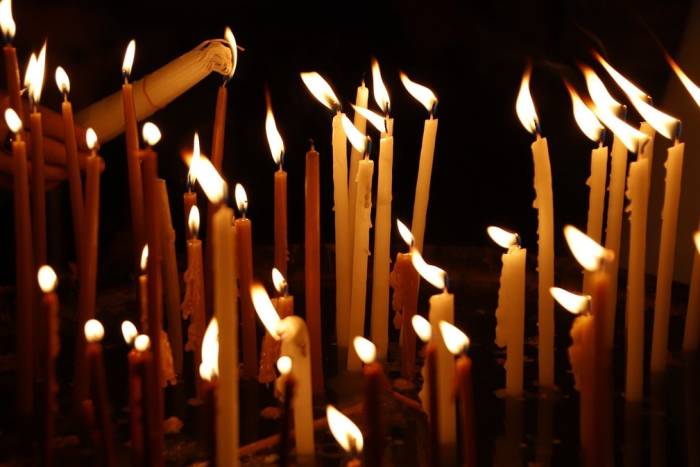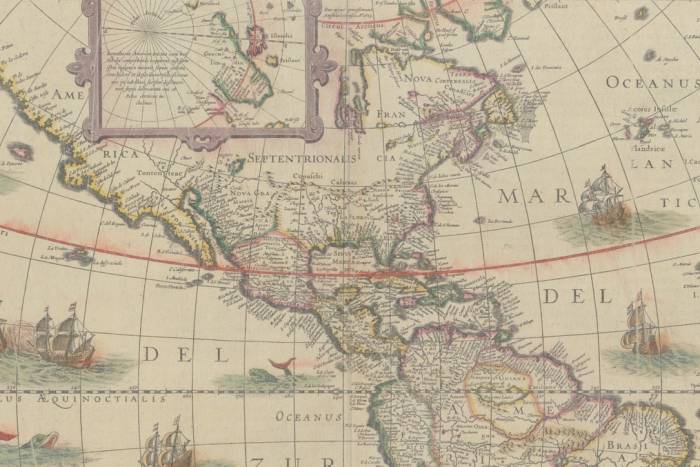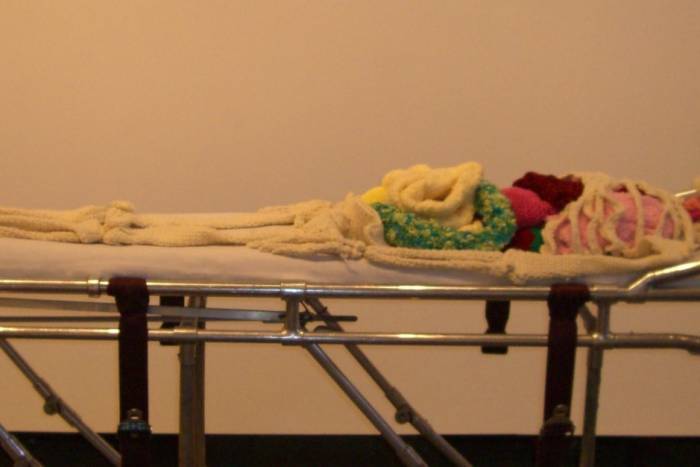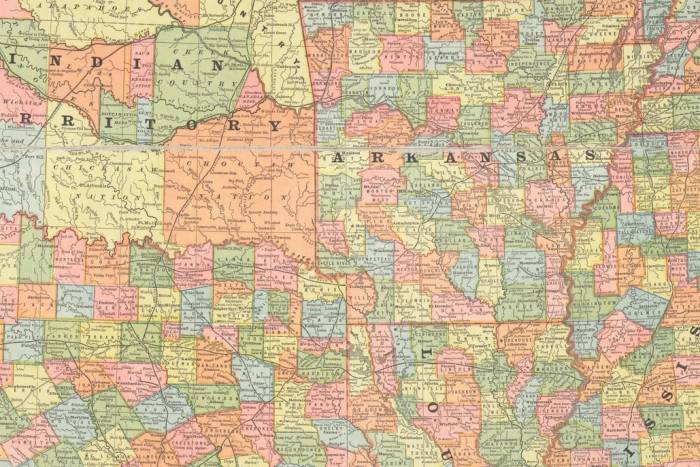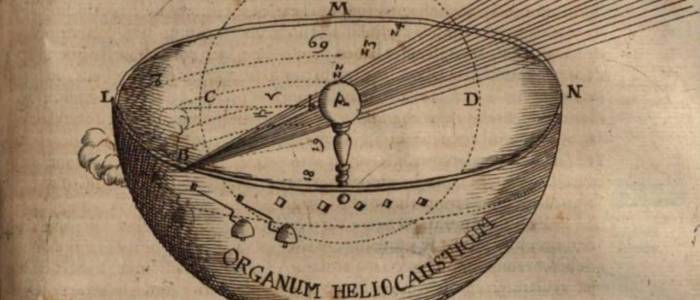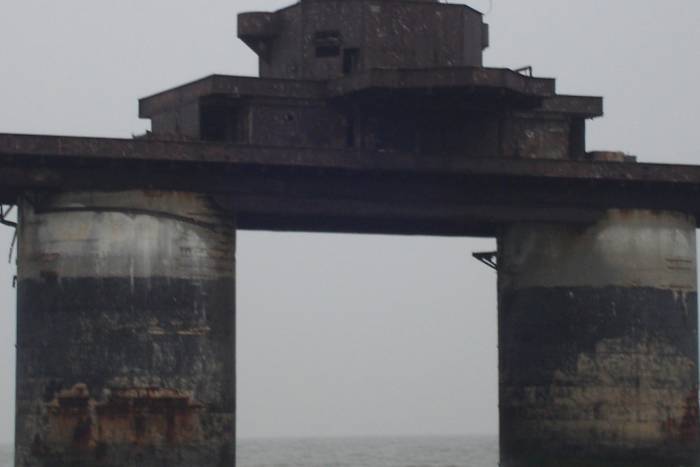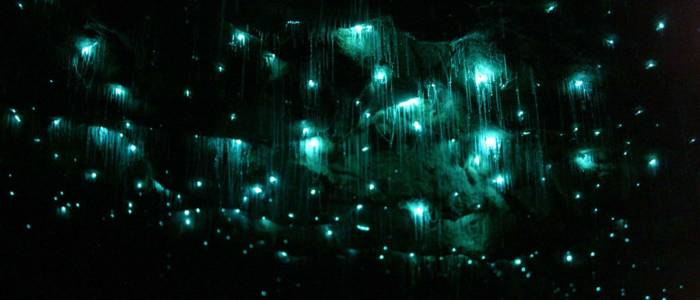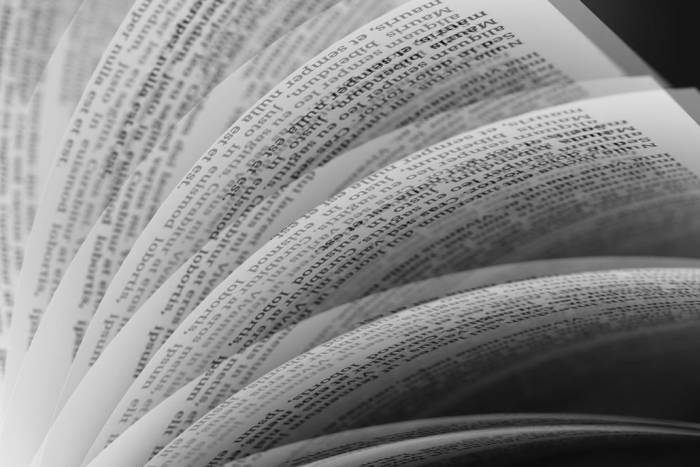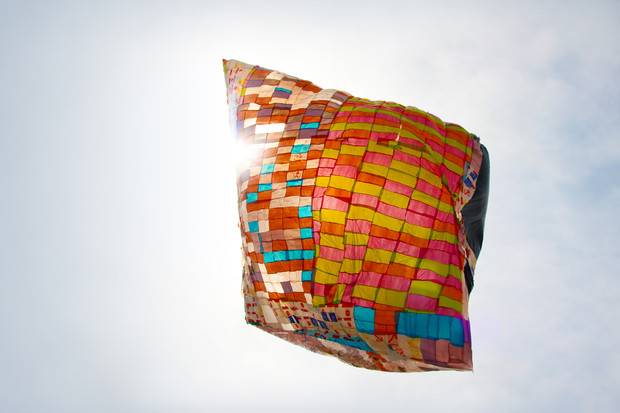Cornelius Rödder’s dark cabinet of curiosities...
A most mysterious collection of 19th-century objects was discovered and turned into a museum in Denmark.
In a forgotten room in a museum not long ago, the cabinet of curiosities of one Cornelius S. C. Röder was re-discovered. This character, of whom little else is known, was a wealthy explorer, a merchant, and a collector who lived in the 19th-century. During his lifetime, he gathered together all sorts of objects which fascinated him. His enigmatic collection is now on display at the Museum Obscurum in the Danish city of Nykøbing Falster. The collection survives as a witness to a very special mind, one with a taste for the strange, the fantastic, and the dark, and it’s a reminder that collecting is, above all, a way of seeing the world, always reflected in the accumulation and celebration of objects simultaneously rare, unique, and surprising.


One other thing known of the eccentric Rödder is that at some point in his life he’d visited the city of London. Upon his return, his tastes had leaned decidedly toward the mysterious, the occult, and then, toward cryptozoology – a pseudoscience which sought out animals the existence of which has never been proven. Within his home, the Dane kept his collection within a secret room. This was revealed in 2017 when the Museum Obscurum discovered a series of boxes inside a space whose very existence had been until then unknown, but there within the museum. Experts from the institution reconstructed Rödder’s house (based on his diary and other records) and put his collection on display within the study of that very house. The former owner of the house, now the museum, had after all inherited this extraordinary treasure.
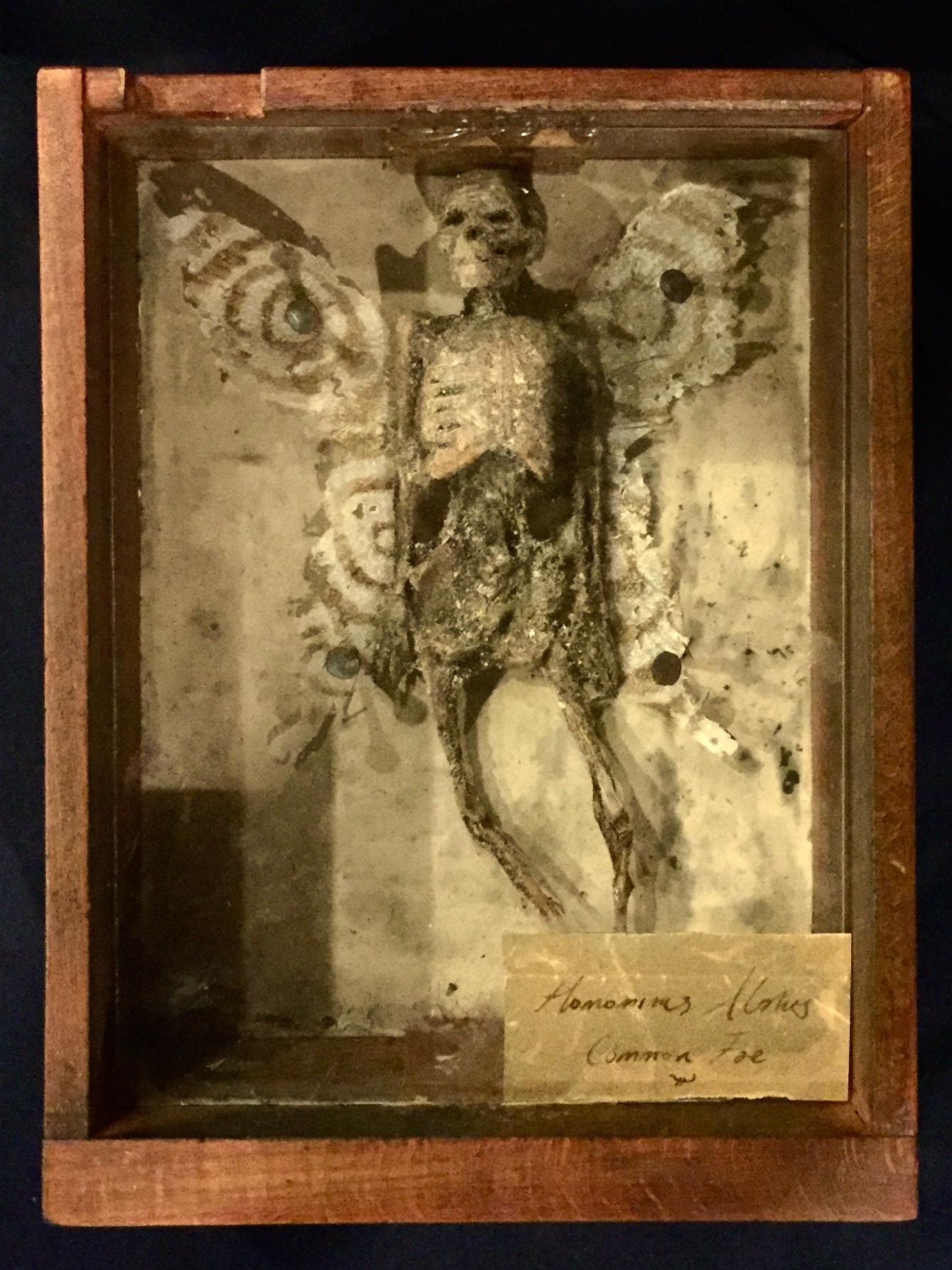

Collecting saw one of its brightest moments in the cabinets of curiosities which proliferated in the Europe of the 15th, 16th, and 17th-centuries. The collections of the rich and noble amounted to private museums populated with objects – shells and snails, skeletons, stuffed animals, antiquities, works of art, and objects from distant lands – created by humankind or by nature, and with apparently nothing in common except an ability to incite astonishment. Each of these cabinets was thus a bit like an encyclopedia of oddities.
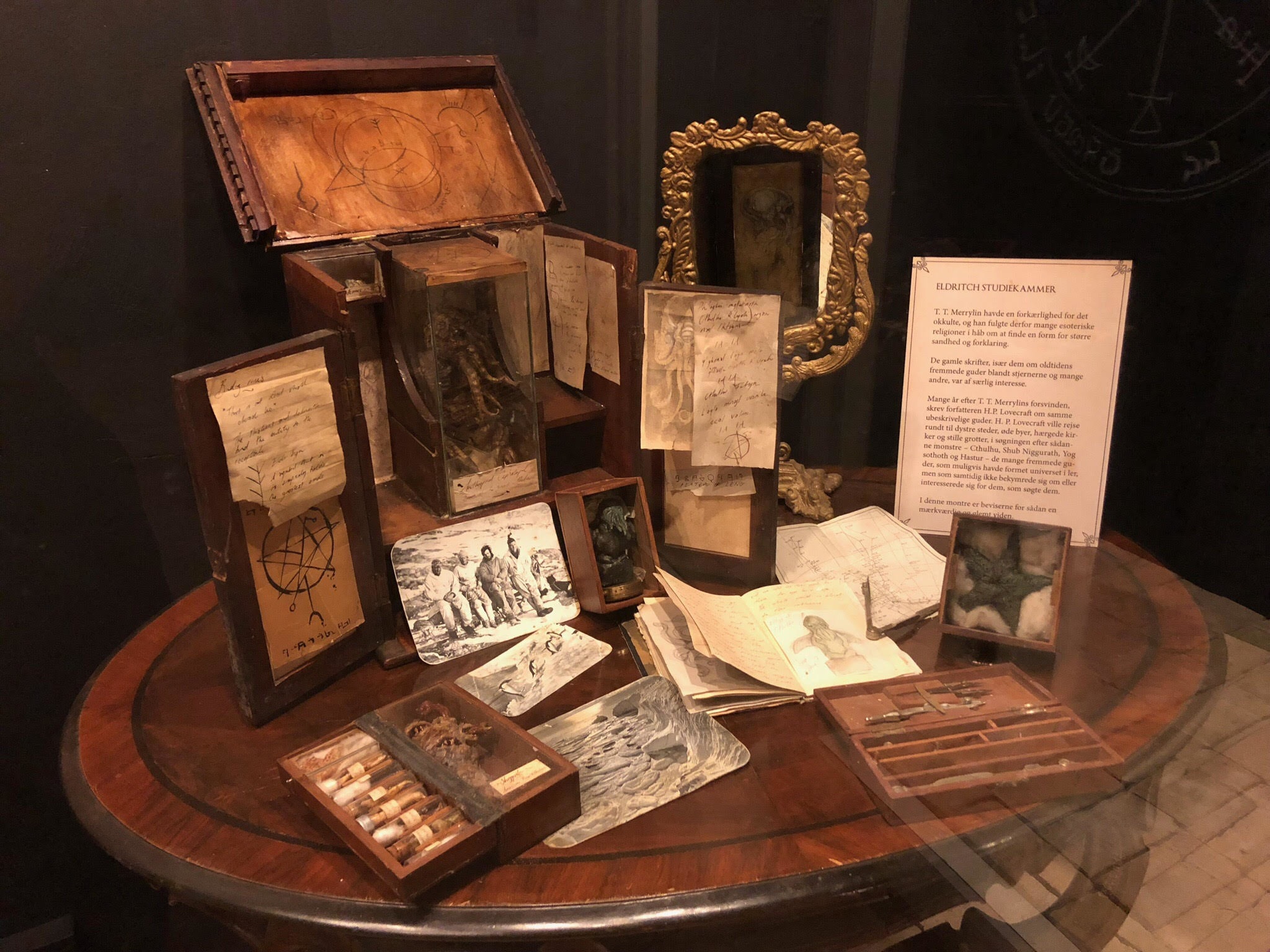
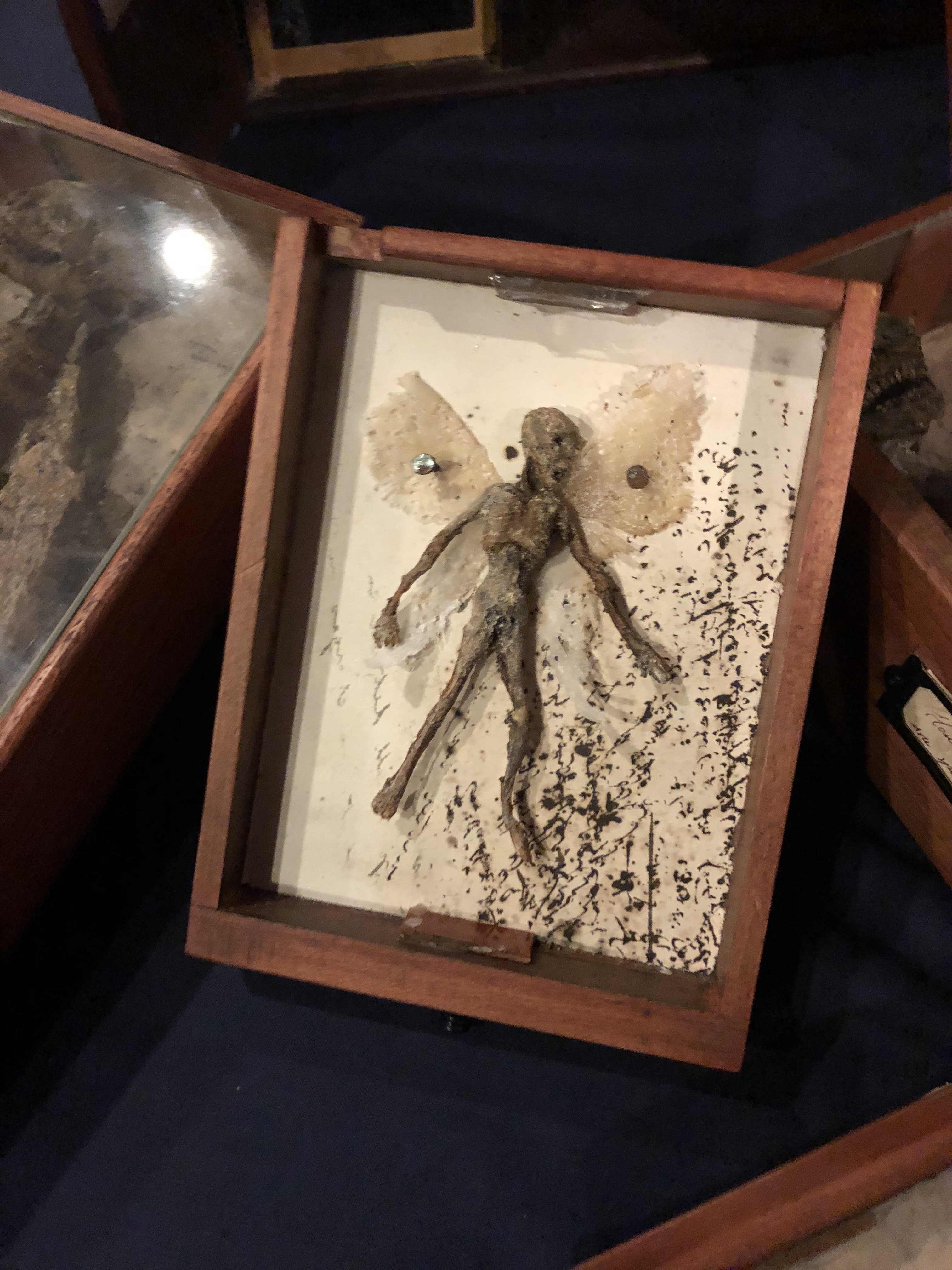
The skeleton of a vampire, a collection of mummified fairies, a dissected platypus, the skull of a feral child, a small dragon, the remains of a puffer fish, and a werewolf: these are just some of the objects Rödder had collected more than a century ago. A beautiful museum, it reminds us, even today, that collecting is an artform, a way of making sense of the world and one which empowers objects (especially those somewhere between the uncomfortable and the fascinating) well beyond their mere material presence.
Images: Museum Obscurum
Related Articles
When ancient rituals became religion
The emergence of religions irreversibly changed the history of humanity. It’s therefore essential to ask when and how did ancient peoples’ rituals become organized systems of thought, each with their
Seven ancient maps of the Americas
A map is not the territory. —Alfred Korzybski Maps are never merely maps. They’re human projections, metaphors in which we find both the geographical and the imaginary. The cases of ghost islands
An artist crochets a perfect skeleton and internal organs
Shanell Papp is a skilled textile and crochet artist. She spent four long months crocheting a life-size skeleton in wool. She then filled it in with the organs of the human body in an act as patient
A musical tribute to maps
A sequence of sounds, rhythms, melodies and silences: music is a most primitive art, the most essential, and the most powerful of all languages. Its capacity is not limited to the (hardly trivial)
The enchantment of 17th-century optics
The sense of sight is perhaps one the imagination’s most prolific masters. That is why humankind has been fascinated and bewitched by optics and their possibilities for centuries. Like the heart, the
Would you found your own micro-nation? These eccentric examples show how easy it can be
Founding a country is, in some ways, a simple task. It is enough to manifest its existence and the motives for creating a new political entity. At least that is what has been demonstrated by the
Wondrous crossings: the galaxy caves of New Zealand
Often, the most extraordinary phenomena are “jealous of themselves” ––and they happen where the human eye cannot enjoy them. However, they can be discovered, and when we do find them we experience a
Think you have strange reading habits? Wait until you've seen how Mcluhan reads
We often forget or neglect to think about the infinite circumstances that are condensed in the acts that we consider habitual. Using a fork to eat, for example, or walking down the street and being
The sky is calling us, a love letter to the cosmos (video)
We once dreamt of open sails and Open seas We once dreamt of new frontiers and New lands Are we still a brave people? We must not forget that the very stars we see nowadays are the same stars and
The sister you always wanted (but made into a crystal chandelier)
Lucas Maassen always wanted to have a sister. And after 36 years he finally procured one, except, as strange as it may sound, in the shape of a chandelier. Maassen, a Dutch designer, asked the

